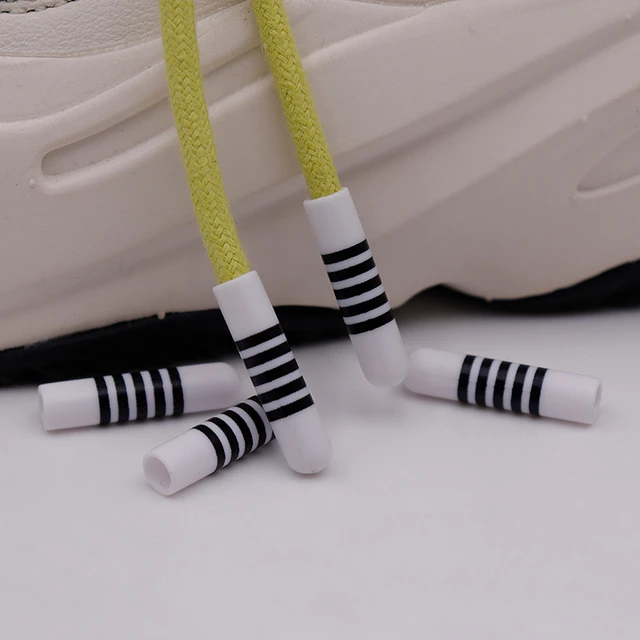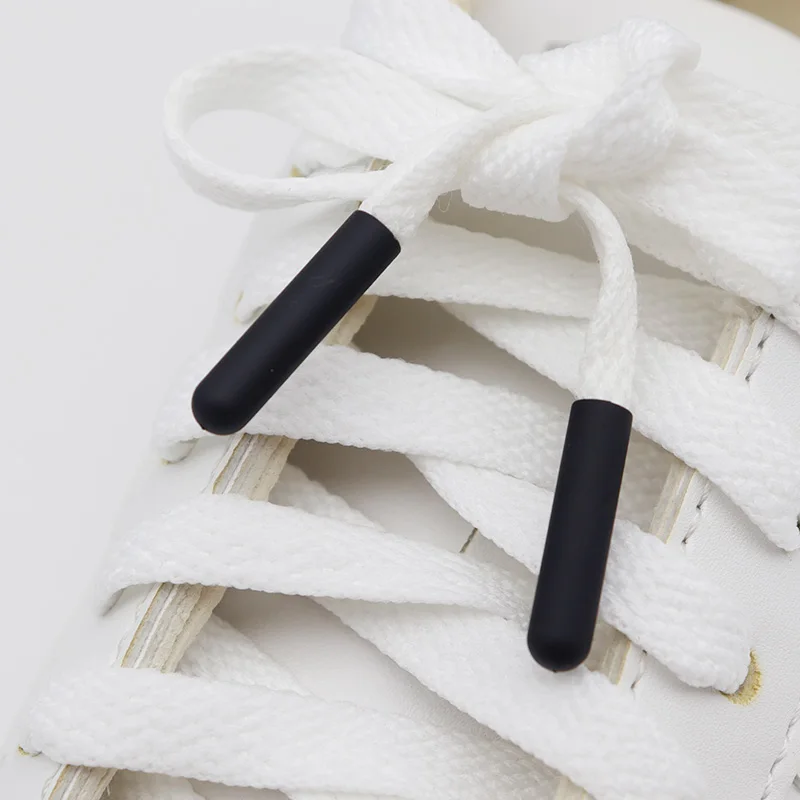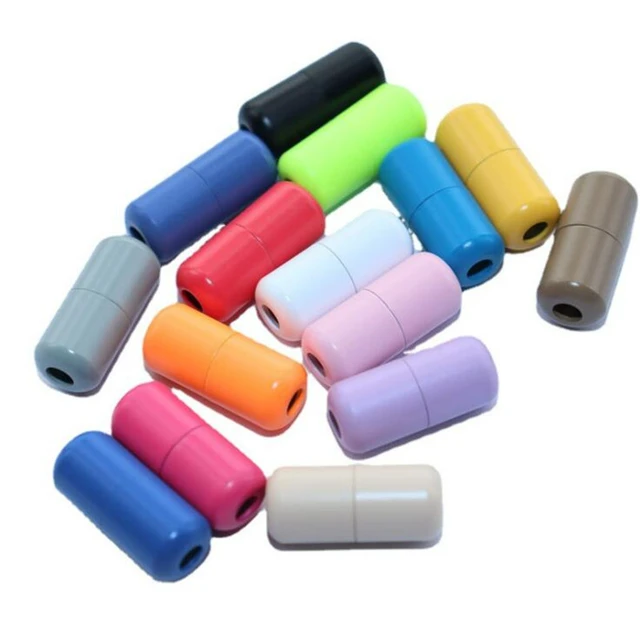Plastic ends on shoelaces, often referred to as aglets, are more than mere embellishments. They serve several essential functions that can enhance the longevity and usability of your shoelaces. In this article, we will delve into the various aspects of plastic ends on shoelaces, discussing their history, functionality, materials, and applications, as well as tips for maintenance and replacement.
What Are Plastic Ends on Shoelaces?
Plastic ends on shoelaces serve as a protective cover at the tip of each lace. These small components, known as aglets, are typically made from plastic, though they can also be manufactured from metal, wood, or other materials. The primary purpose of aglets is to prevent fraying of the shoelace fabric, which can otherwise lead to weakened and unusable laces. Without these plastic ends, shoelaces would become a significant source of frustration when trying to thread them through eyelets or when they snag on various surfaces.
The History of Aglets
The word “aglet” has its roots in the Middle Ages, deriving from the Old French term “aglet,” which means “a needle.” This term mirrors the original function of the aglet, which was to facilitate the threading of laces. Historically, aglets were made from various materials like leather, metal, or even glass, but plastic has become the preferred choice due to its durability, cost-effectiveness, and ease of production.
The use of plastic ends on shoelaces became particularly widespread in the 20th century, coinciding with the rise of synthetic materials. This innovation allowed manufacturers to create more varied and colorful designs, making them appealing to a wider demographic. Today, aglets come in a variety of shapes, sizes, and colors, catering to different fashion needs and styles.
Functions of Plastic Ends on Shoelaces
1. Prevention of Fraying
One of the primary functions of plastic ends on shoelaces is to prevent fraying. As shoelaces are subjected to constant pulling and tugging, the fibers at the ends can begin to unravel. Aglets protect these vulnerable ends, allowing shoelaces to maintain their integrity for longer periods.
2. Ease of Lacing
Plastic ends make it significantly easier to thread shoelaces through eyelets. The smooth, firm finish of an aglet allows laces to glide through the holes without snagging. This is especially crucial for athletic shoes, where quick changes in footwear can be essential.
3. Aesthetic Appeal
In addition to their functional roles, plastic ends on shoelaces contribute to the overall aesthetic of the shoe. With various colors and designs available, aglets can complement or contrast the color of the shoelaces and the overall shoe design, offering a unique fashion statement. This has led to their popularity among sneaker enthusiasts who often customize their shoes.
4. Identification and Branding
Many brands use specially designed aglets as a means of branding their products. These unique aglets can display the logo or name of the company, serving as a subtle yet effective way for brands to promote their identity. This branding strategy can bolster brand loyalty and draw attention to specific styles within the marketplace.
5. Versatility and Functionality
Plastic ends on shoelaces can also serve various functions beyond merely securing the lace ends. Some brands have begun incorporating features such as reflective materials within the aglets for increased visibility at night, making them appealing to joggers and outdoor enthusiasts.
Materials Used for Plastic Ends on Shoelaces
The production of plastic ends on shoelaces typically involves a variety of materials, with the most common being thermoplastic materials like polyethylene and polypropylene. These materials are favored for their superior durability, resistance to wear and tear, and ability to be molded into various shapes and colors.
1. Polyethylene
Polyethylene is a widely used plastic that is lightweight and resistant to impact. Its flexibility allows it to be used in the production of aglets that can bend without breaking, making it a popular choice for various types of shoelaces.
2. Polypropylene
Another popular plastic for aglets is polypropylene, known for its strength and resistance to moisture. This makes it suitable for outdoor footwear, ensuring that the aglets will not degrade when exposed to various environmental conditions.
3. Specialty Plastics
Some companies have begun using more advanced, specialized plastics for their aglets. These materials offer enhanced performance characteristics, such as improved flexibility and resistance to extreme temperatures. Depending on the usage scenarios—whether athletic, casual, or fashion—these specialized aglets can serve a range of needs.
Applications of Shoelace Aglets
Plastic ends on shoelaces have various applications across numerous sectors, from sports and fashion to industrial uses. Understanding these applications helps underscore their importance in day-to-day life.
1. Sports Footwear
Aglets play a crucial role in sports footwear, where efficiency and performance are key. Athletes often require quick changes of shoes, and functional laces help streamline that process. Aglets also prevent fraying, which could become a liability during competitions.
2. Casual and Fashion Footwear
In the realm of casual and fashion footwear, plastic ends on shoelaces allow for creativity and personalization. High-end fashion brands often offer custom laces with unique aglets as part of their collections, appealing to style-conscious consumers.
3. Specialized Footwear
Certain footwear designed for specific activities—like climbing or hiking—often come equipped with specialized laces and aglets. For instance, climbing shoes feature laces that must withstand high tension and environmental pressures, meaning durable and robust aglets are essential for maintaining functionality.
4. Work and Safety Footwear
In work environments with strict safety concerns, high-quality aglets can ensure that shoelaces remain intact and do not pose a tripping hazard. Various industries, such as construction or manufacturing, employ safety footwear that integrates durable aglet designs for enhanced performance.
Maintenance of Plastic Ends on Shoelaces
1. Regular Inspection
To ensure the longevity of plastic ends on shoelaces, regular inspection is essential. Look for any signs of wear or fraying. If the aglets show signs of damage, it may be time to replace them before they cause complications in use.
2. Cleaning
While it may not seem necessary, regular cleaning can significantly extend the life of both the shoelaces and the aglets. Grit and dirt can accumulate, making it more difficult for aglets to glide through eyelets. Simple cleaning with mild soap and water can help maintain their appearance and functionality.
3. Replacement Options
If an aglet becomes damaged or falls off, there are multiple options for replacement. You can purchase replacement aglets at most craft stores or online, or you can attempt a DIY solution using heat-shrink tubing or fabric glue. Whichever method is chosen, timely replacement is critical to maintaining the usability of your shoelaces.
 The Future of Aglet Technology
The Future of Aglet Technology
1. Innovations in Material
As technology progresses, material innovations are leading to improved options for both shoelaces and aglets. Future developments may focus on integrating smart materials that could feature sensors, allowing wearers to monitor their shoe conditions or provide feedback during athletic performance.
2. Customization and Personalization
With the rise of technology, customization options for plastic ends on shoelaces may also expand. Companies might offer personalized aglets based on consumer preferences, shaping a more individualized approach to footwear.
3. Eco-Friendly Options
As sustainability continues to gain traction, the future may see more aglets produced from biodegradable materials or recycled plastics. Developing reliable, sustainable alternatives could positively contribute to reducing environmental impact.
Conclusion
In conclusion, plastic ends on shoelaces serve a multitude of functions, from protecting against fraying to enhancing aesthetic appeal. Understanding their significance goes beyond mere appreciation; it highlights the time-tested relationship between function and fashion in everyday items. As advancements in materials and technology continue, the future holds exciting possibilities for the evolution of these small yet vital components. Whether in sports, fashion, or specialized applications, the importance of plastic ends on shoelaces remains undeniable, continuing to enhance our daily lives.

